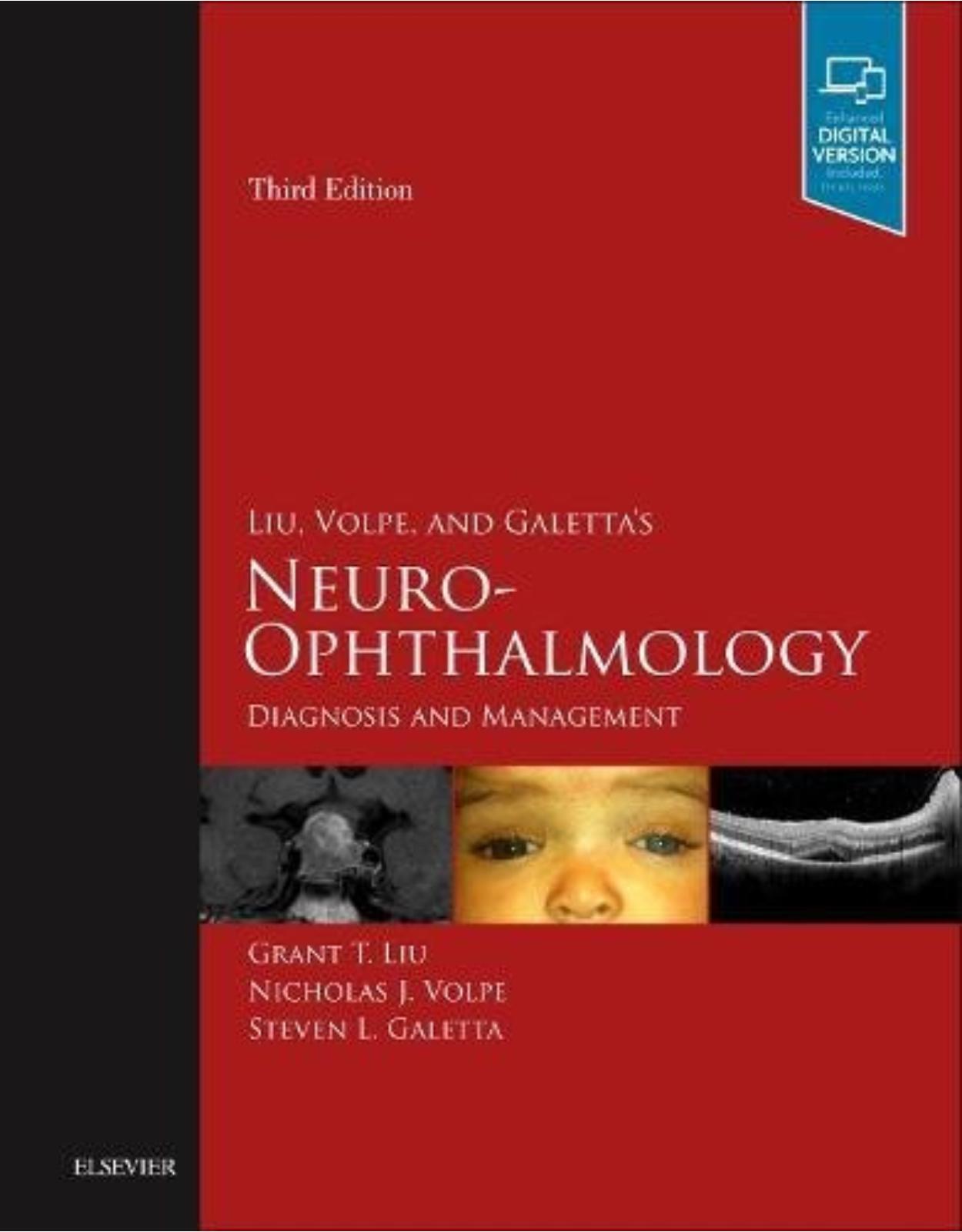
Liu, Volpe, and Galetta's Neuro-Ophthalmology: Diagnosis and Management, 3e
Livrare gratis la comenzi peste 500 RON. Pentru celelalte comenzi livrarea este 20 RON.
Disponibilitate: La comanda in aproximativ 4 saptamani
Editura: Elsevier
Limba: Engleza
Nr. pagini: 722
Coperta: Hardback
Dimensiuni: 21.6 x 3.2 x 27.9 cm
An aparitie: 2018
Liu, Volpe, and Galetta’s Neuro-Ophthalmology: Diagnosis and Management, 3rd Edition remains unique in its complete, authoritative coverage of the diagnosis and treatment of neurological disorders affecting the eye. Bridging the gap between a handbook and an encyclopedic resource, it distills a vast amount of information into a single, concise, superbly illustrated volume. User-friendly and thoroughly up to date, this highly renowned reference is a one-stop resource for current information in this growing area.
Combines over 1,000 illustrations and cross references with tables, outlines, and flow-diagrams to provide you with everything you need to understand the underlying presentation, pathophysiology, neuroimaging, and diagnostic studies in neuro-ophthalmology, along with the ideal diagnostic, treatment, and ongoing management tools for all neuro-ophthalmic conditions.
Covers the neurological examination and the bedside neuro-ophthalmic evaluation of comatose patients that demonstrates how the examination can be used to confirm a diagnosis arrived at from the patient history.
Includes the expertise and knowledge of a small, hand-picked contributor team that ensure the latest advances are incorporated into each chapter.
Contains increased coverage on the use of optical coherence tomography (OCT) and its role in revolutionizing the ability to make more accurate neuro-ophthalmic diagnoses.
Provides all-new information on gaze disorders, nystagmus, and neuro-ophthalmic manifestations of demyelinating disease.
Presents current knowledge on vestibular disease and the neuro-ophthalmic manifestations of head trauma, as well as brainstem, cerebellar, and degenerative diseases.
Table of Contents:
Part One History and Examination
1 The Neuro-Ophthalmic History
Chief Complaint
History of Present Illness
Past Neurologic and Ophthalmologic History
Past Medical and Surgical History and Review of Systems
Special Considerations in Children
Family History
Social History
References
2 The Neuro-Ophthalmic Examination
Afferent Visual Function
Efferent System
External Examination
Slit-Lamp Examination
Ophthalmoscopic Examination
Directed Neurologic Examination
Directed General Examination
Neuro-Ophthalmic Examination in Comatose Patients
References
Part Two Visual Loss and Other Disorders of The Afferent Visual Pathway
3 Visual Loss
Neuroanatomy of the Afferent Visual Pathway: Overview
Visual Field Testing
Topical Diagnosis (“Where” Then “What”)
Pattern of Visual Field Loss
References
4 Visual Loss
Retinal Anatomy
Distinction Between Maculopathies and Optic Neuropathies
Maculopathies That May Mimic Optic Neuropathy
Retinal Vascular Emboli and Insufficiency
Photoreceptor Disorders Important in Neuro-Ophthalmology: Paraneoplastic Retinopathy and the Acute Outer Retinopathies
Toxic Retinopathy
Hereditary Retinal Dystrophies in Neuro-Ophthalmic Differential Diagnosis
Other Diseases With Retinal and Neurologic Manifestations
Retinal Manifestations of Systemic Inflammatory and Infectious Diseases
Phakomatoses
References
5 Visual Loss
Optic Nerve Anatomy
History
Examination
Nerve Fiber Layer Imaging
Approach to Patients With Optic Neuropathy
Congenital Disc Anomalies
Hereditary Optic Neuropathies
Inflammatory Optic Neuropathies
Infectious Optic Neuropathies
Ischemic Optic Neuropathies
Compressive Optic Neuropathies
Low-Tension Glaucoma and Optic Nerve Cupping
Optic Neuropathies Associated With Cancer
Nutritional and Toxic Optic Neuropathies
Traumatic Optic Neuropathy
References
6 Optic Disc Swelling
Distinction of Papilledema from Optic Neuropathy, Pseudopapilledema, and Other Causes of Disc Swelling
Fundus Appearance of Papilledema
Fluorescein Angiography, Echography, Optical Coherence Tomography, and Other Optic Nerve Imaging Techniques in Papilledema
Visual Deficits Associated With Papilledema and Their Mechanism
Differential Diagnosis in Patients With Papilledema
Evaluation of Patients With Papilledema
Papilledema in Children
Intracranial Neoplasms
Cerebral Hemorrhage
Trauma
Meningitis
Hydrocephalus
Pseudotumor Cerebri Syndrome (PTCS), Including Idiopathic Intracranial Hypertension (IIH)
Secondary Pseudotumor Cerebri Syndrome Due to Cerebral Venous Abnormalities
Arteriovenous Malformations of the Dural Sinuses
Guillain–Barré Syndrome and Chronic Inflammatory Demyelinating Polyneuropathy
Spinal Cord Tumors and Masses
Chiari Malformation
References
7 Visual Loss
Neuroanatomy
Neuro-ophthalmic Symptoms and Signs in Chiasmal Disorders
Endocrine Disturbances Associated With Chiasmal Disorders
Diagnosis/Approach
Pituitary Adenomas
Craniopharyngiomas
Rathke's Cleft Cysts
Suprasellar Arachnoid Cysts
Meningiomas of the Skull Base
Aneurysms
Vascular Malformations Intrinsic to the Chiasm
Other Vascular Processes Affecting the Chiasm
Chiasmal/Hypothalamic Gliomas
Malignant Optic Chiasmal Gliomas of Adulthood
Hypothalamic (Tuber Cinereum) Hamartomas
Gangliogliomas
Germ Cell Tumors
Miscellaneous Growths
Chiasmal Neuritis
Inflammatory Masses
Infections
Side-Effects of Radiation
Third Ventricular Enlargement
Chiasmal Trauma
Empty Sella Syndrome
Sphenoid Sinus Mucoceles
Developmental Anomalies of the Chiasm
References
8 Retrochiasmal Disorders
Lesions of the Retrochiasmal Pathways
Diagnosis and Management of Disturbances of the Optic Radiations and Occipital Lobe
References
9 Disorders of Higher Cortical Visual Function
Neuroanatomical Organization of Higher Cortical Areas
Important Concepts in Higher Cortical Visual Disorders
Symptoms and Signs
Occipital Lobe Disturbances
Occipitotemporal Disturbances
Parietal Disturbances
Parietooccipital Disturbances
Frontal Lobe Disturbances
Diseases Commonly Associated With Higher Cortical Visual Disturbances
References
10 Transient Visual Loss or Blurring
Approach: By Visual Pathway Anatomy
Examination of the Patient With Transient Visual Loss or Blur
Preretinal Transient Visual Blurring
Retinal-Vascular Transient Visual Loss
Transient Visual Loss Related to Optic Nerve Dysfunction
Migraine
Cerebral Causes
References
11 Functional (Nonorganic) Visual Loss
Terminology
Clinical Presentation
Functional Visual Loss in Children
Approach to the Patient With Functional Visual Loss
Patterns of Functional Visual Loss
References
12 Visual Hallucinations and Illusions
History and Examination in Patients With Visual Hallucinations or Illusions
Diagnostic and Treatment Considerations (Overview)
Migraine
Entoptic (Ocular) Phenomena
Alcohol and Drugs
Seizures
Neurodegenerative Disease
Special Visual Hallucinations and Illusions Related to Central Nervous System Lesions
Psychiatric Disease
Hypnagogic Hallucinations in Narcolepsy
Metabolic
Visual Hallucinations in Normal Individuals
References
Part Three Efferent Neuroophthalmic Disorders
13 Pupillary Disorders
Neuroanatomy and Physiology
Pharmacologic Testing of the Pupils
Pupillometry: an Additional Tool
Abnormally Shaped Pupils
Defective Pupillary Light Reaction Associated With Vision Loss
Defective Pupillary Light Reaction Unassociated With Vision Loss
Anisocoria
Disorders of Pupillary Dilation: Oculosympathetic Disruption (Horner Syndrome)
Pupils in Other Neurologic Conditions
Other Pupillary Phenomena
References
14 Eyelid and Facial Nerve Disorders
Neuroanatomy
History and Examination
Ptosis
Eyelid Retraction
Facial Weakness
Abnormal Blinking
Other Abnormal Eyelid and Facial Movements
Diseases Commonly Associated With Ptosis or Facial Weakness
References
15 Eye Movement Disorders
Anatomy
Symptoms
Signs
Approach
Treatment Overview
Monocular Double Vision
Supranuclear Causes of Diplopia, Including Vergence Disorders
Third Nerve Palsies
Fourth Nerve Palsies
Sixth Nerve Palsies
Miscellaneous Causes of Combined Third, Fourth, and Sixth Nerve Palsies
Childhood Strabismus Patterns
Orbital Processes Causing Diplopia
Neuromuscular Junction
Primary Ocular Myopathies
Other Miscellaneous Causes of Diplopia
Acute Bilateral Complete Ophthalmoplegia
References
16 Eye Movement Disorders
Types of Conjugate Eye Movements
Horizontal Conjugate Gaze: Neuroanatomy
Horizontal Conjugate Gaze Deficits
Abnormal Horizontal Conjugate Gaze Deviations
Vertical Conjugate Gaze: Neuroanatomy
Vertical Gaze Limitations
Abnormal Vertical Conjugate Gaze Deviations
Complete Ophthalmoplegia
Coma
References
17 Eye Movement Disorders
Nystagmus
Nystagmoid Eye Movements
References
18 Orbital Disease in Neuro-Ophthalmology
Orbital Anatomy
Neuro-Ophthalmology of Orbital Disease
Diagnostic Orbital Imaging
Approach to the Diagnosis of Orbital Disease
Thyroid-Associated Ophthalmopathy
Idiopathic Orbital Inflammatory Syndrome (Orbital Pseudotumor)
Other Inflammatory Orbital Conditions
Orbital Tumors and Other Orbital Masses
Pediatric Orbital Tumors
Fibrous Dysplasia
Orbital Infections
Orbital Trauma
Orbital Infarction
Orbital Surgery
References
Part Four Other Topics
19 Headache, Facial Pain, and Disorders of Facial Sensation
Headache
Migraine
Other Headache Types
Headaches and Ocular Diseases
Facial Pain and Disorders of Facial Sensation
References
Index
| An aparitie | 2018 |
| Autor | Grant T. Liu, Nicholas J. Volpe, Steven L. Galetta |
| Dimensiuni | 21.6 x 3.2 x 27.9 cm |
| Editura | Elsevier |
| Format | Hardback |
| ISBN | 9780323340441 |
| Limba | Engleza |
| Nr pag | 722 |

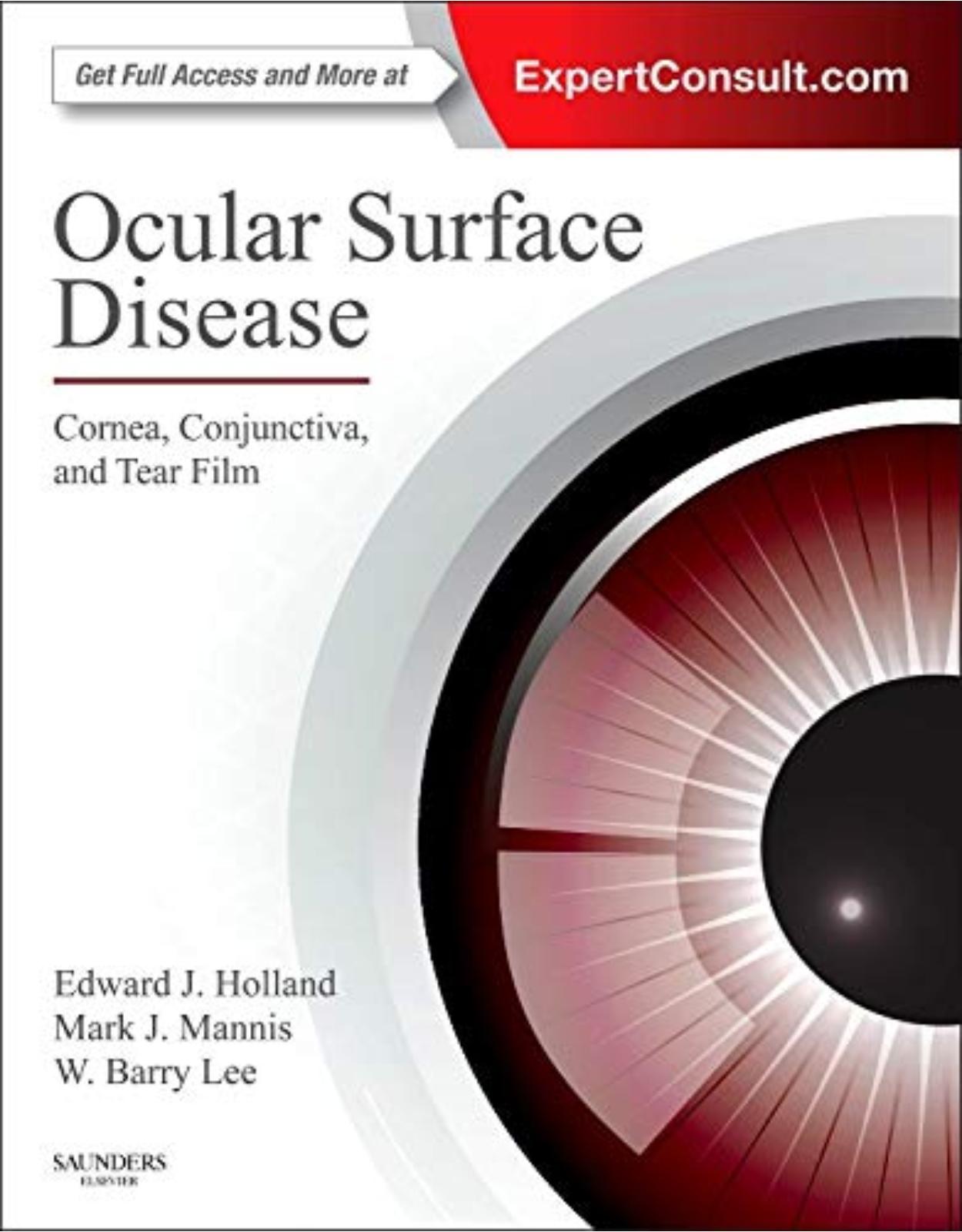
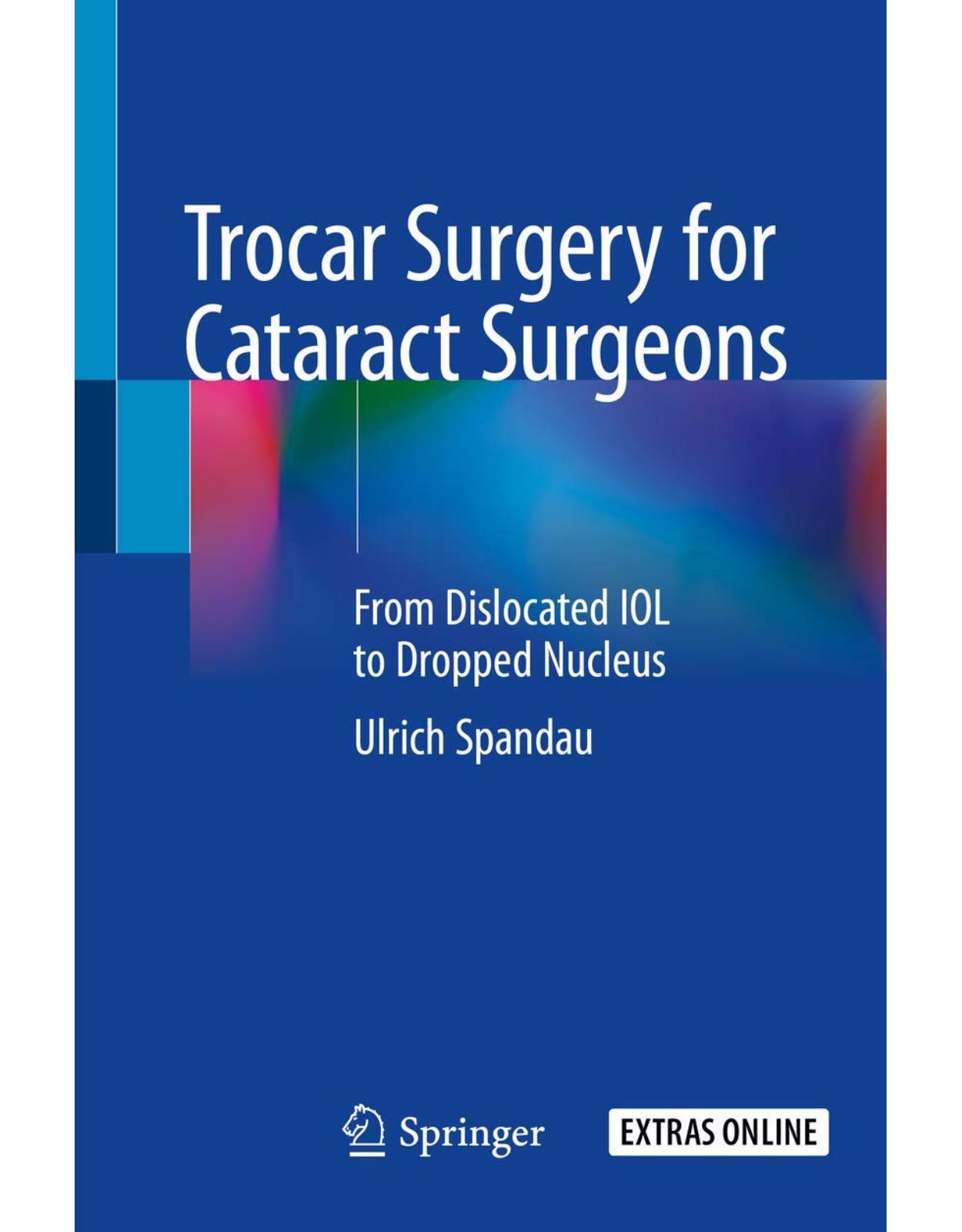
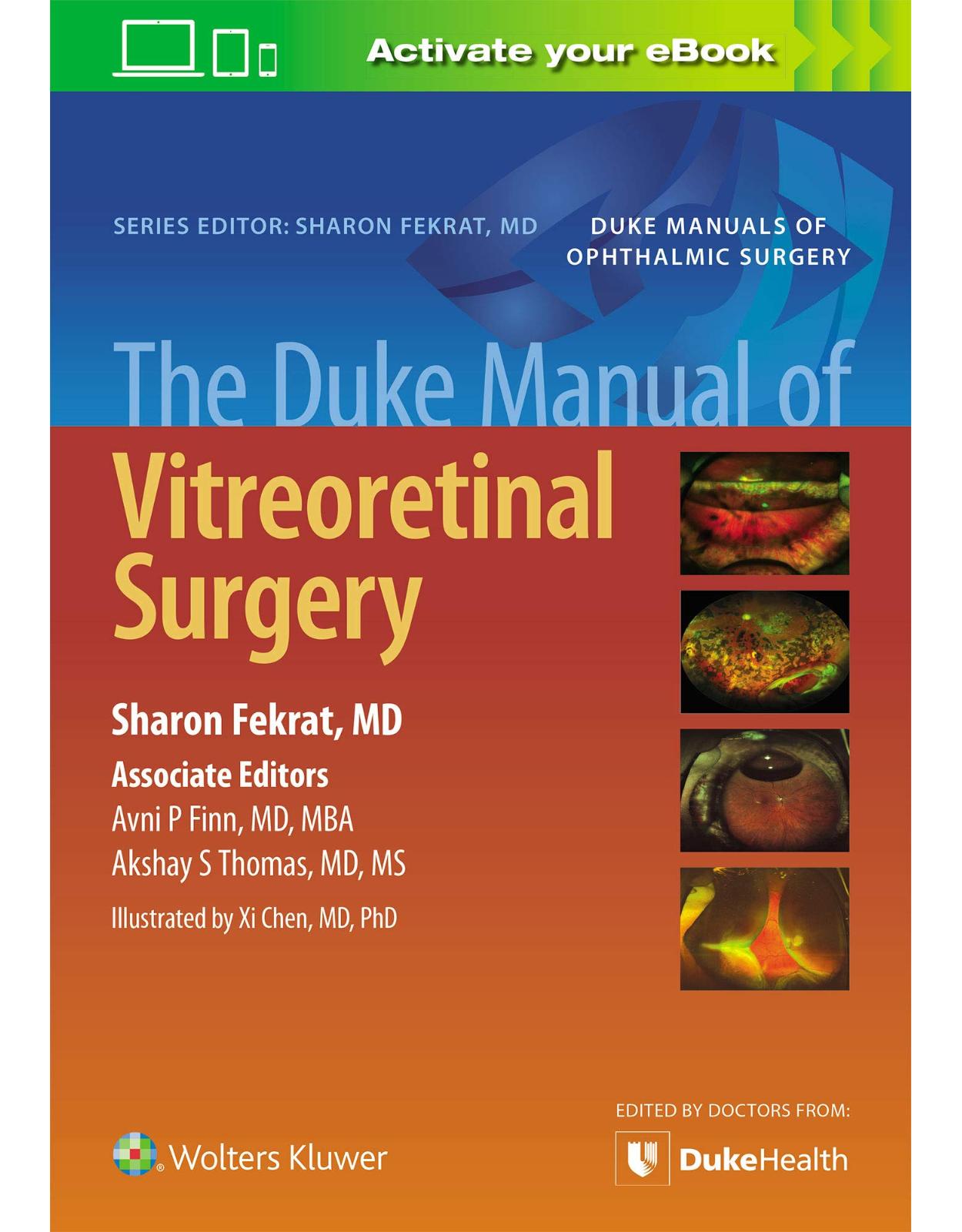
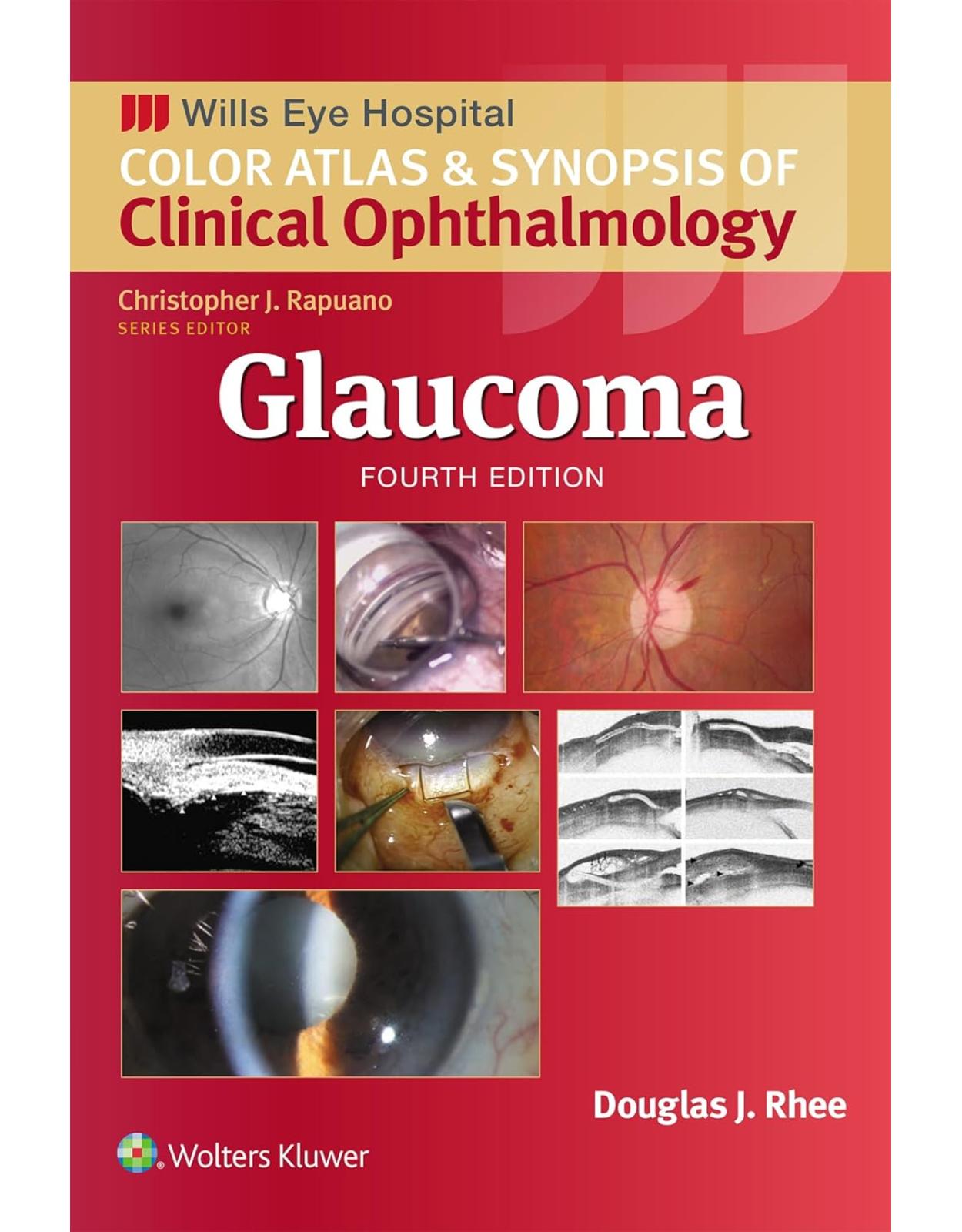
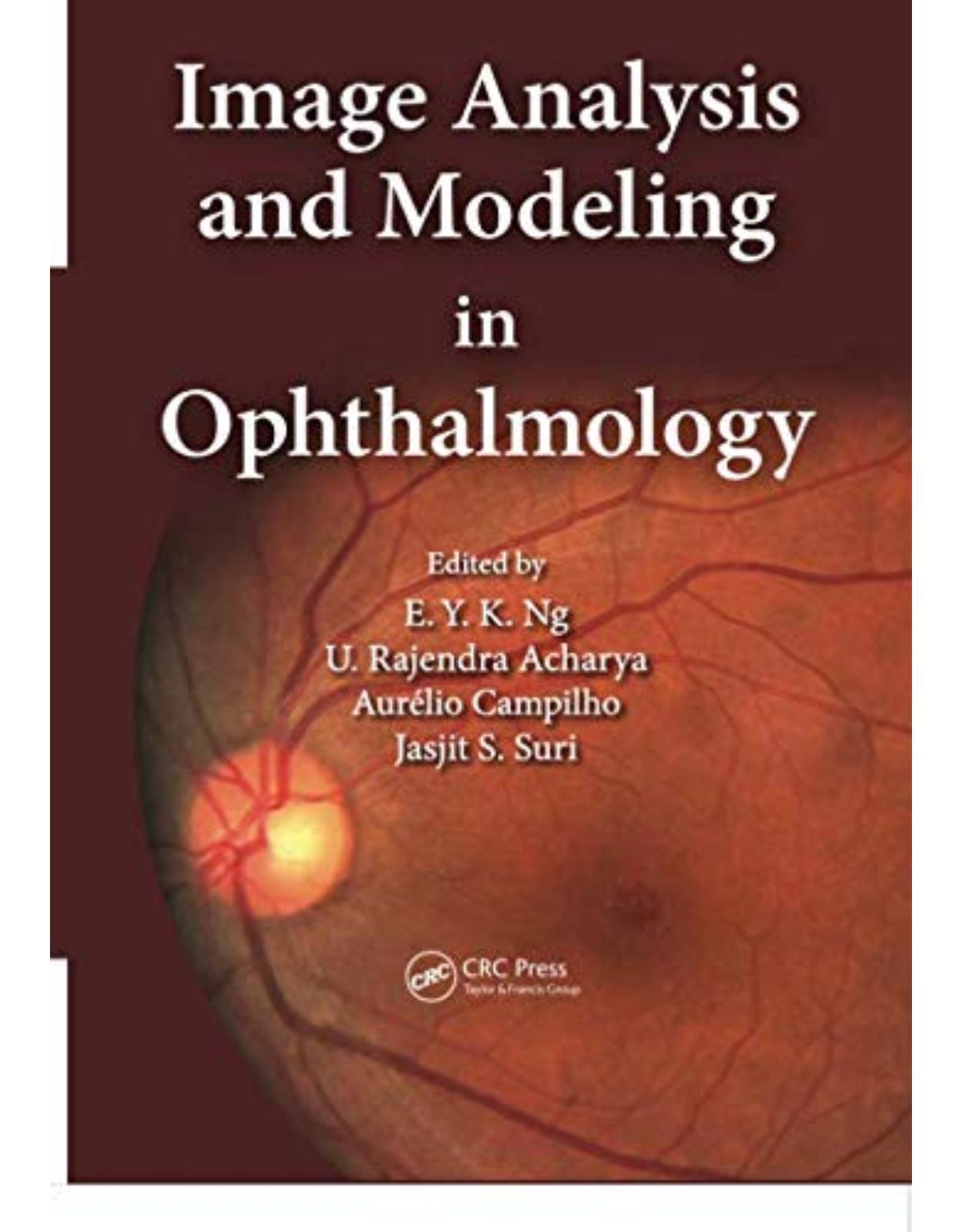
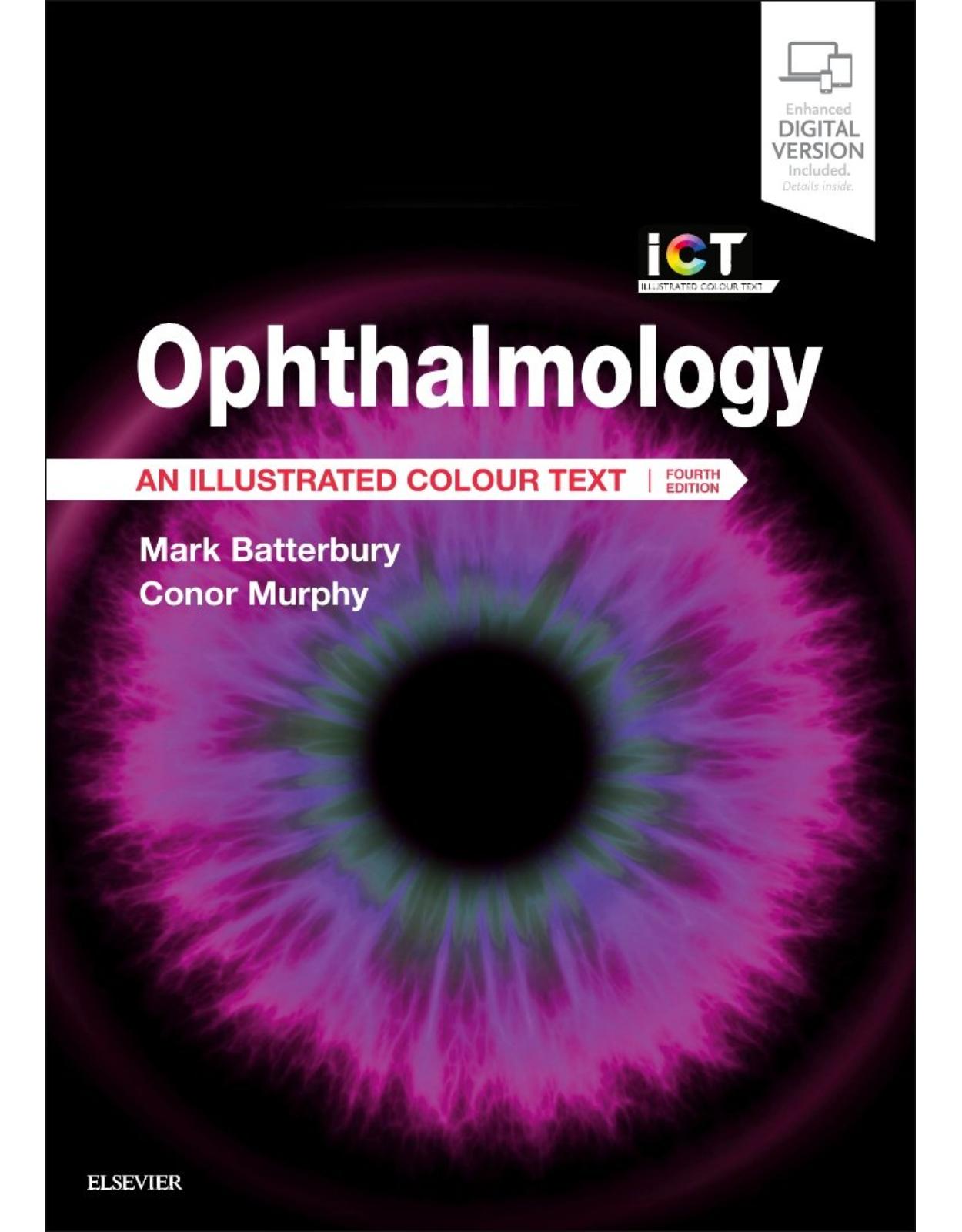
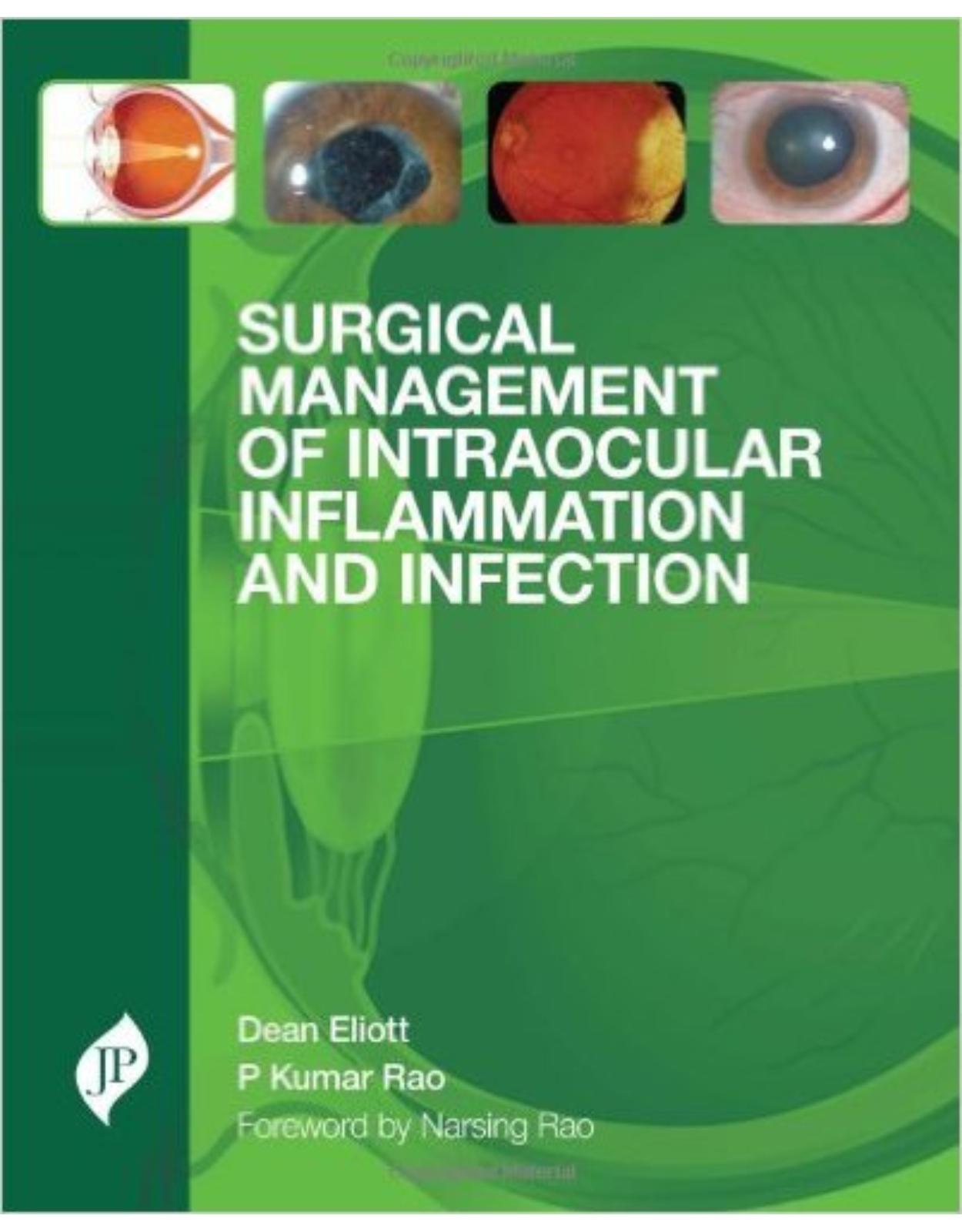
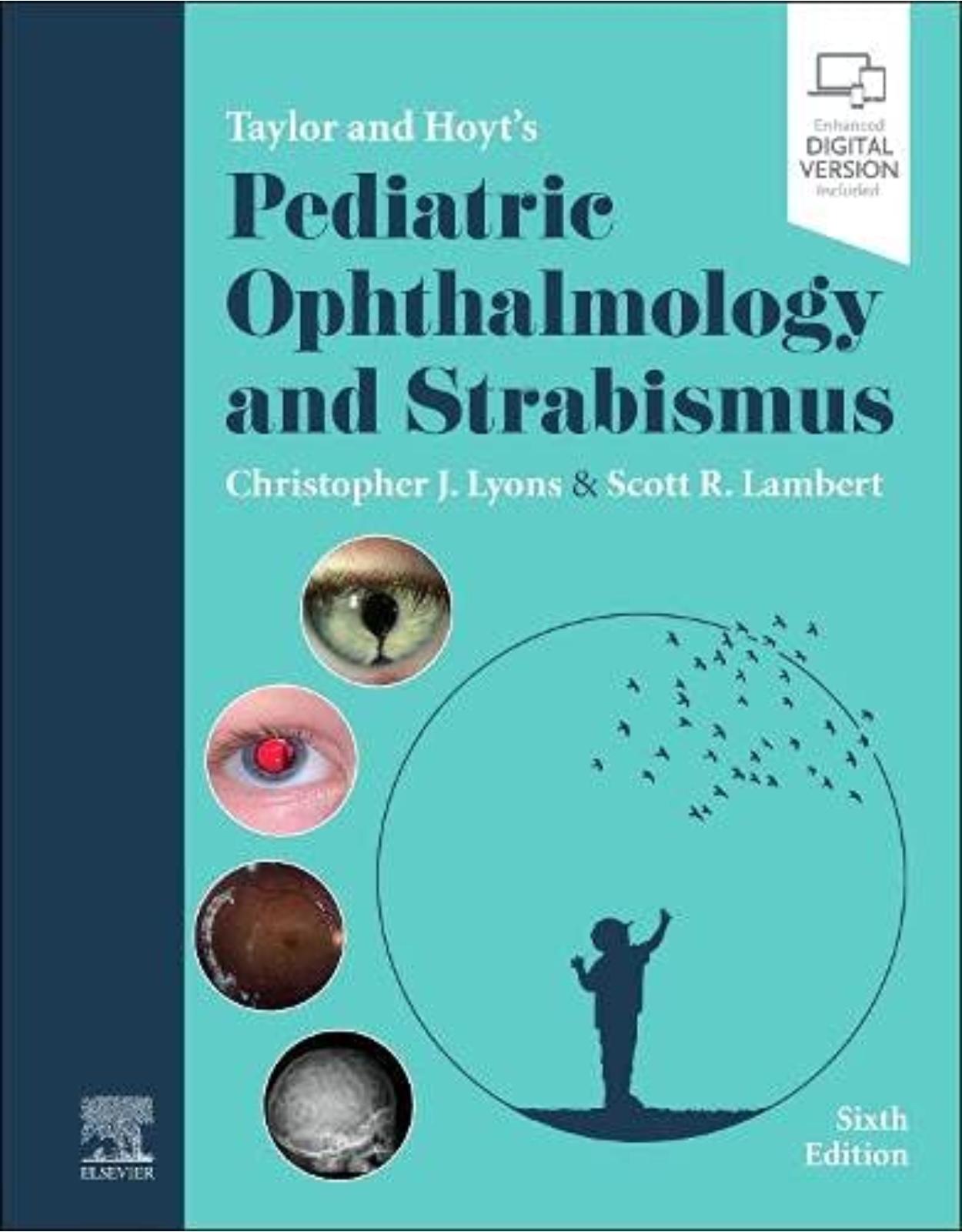
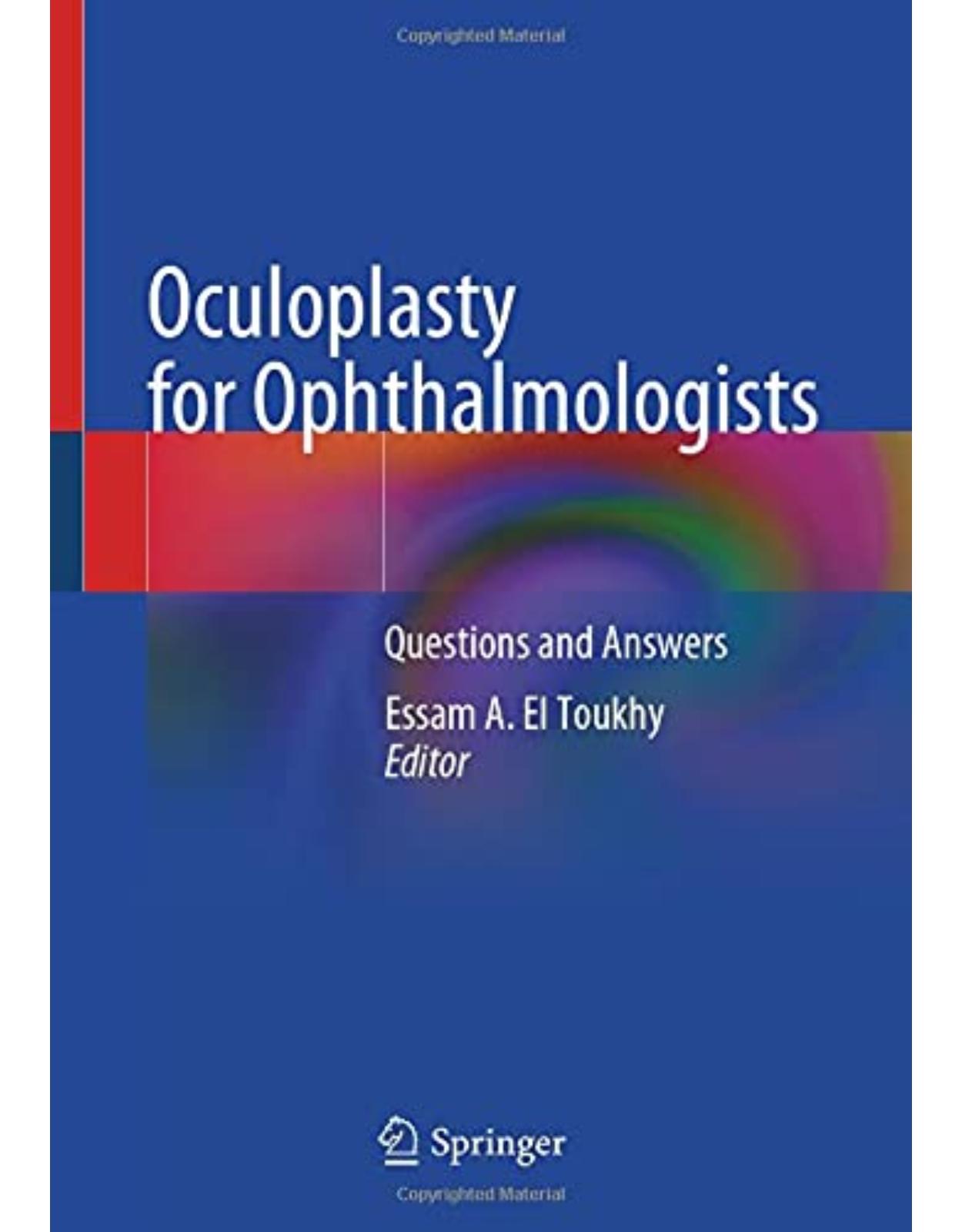
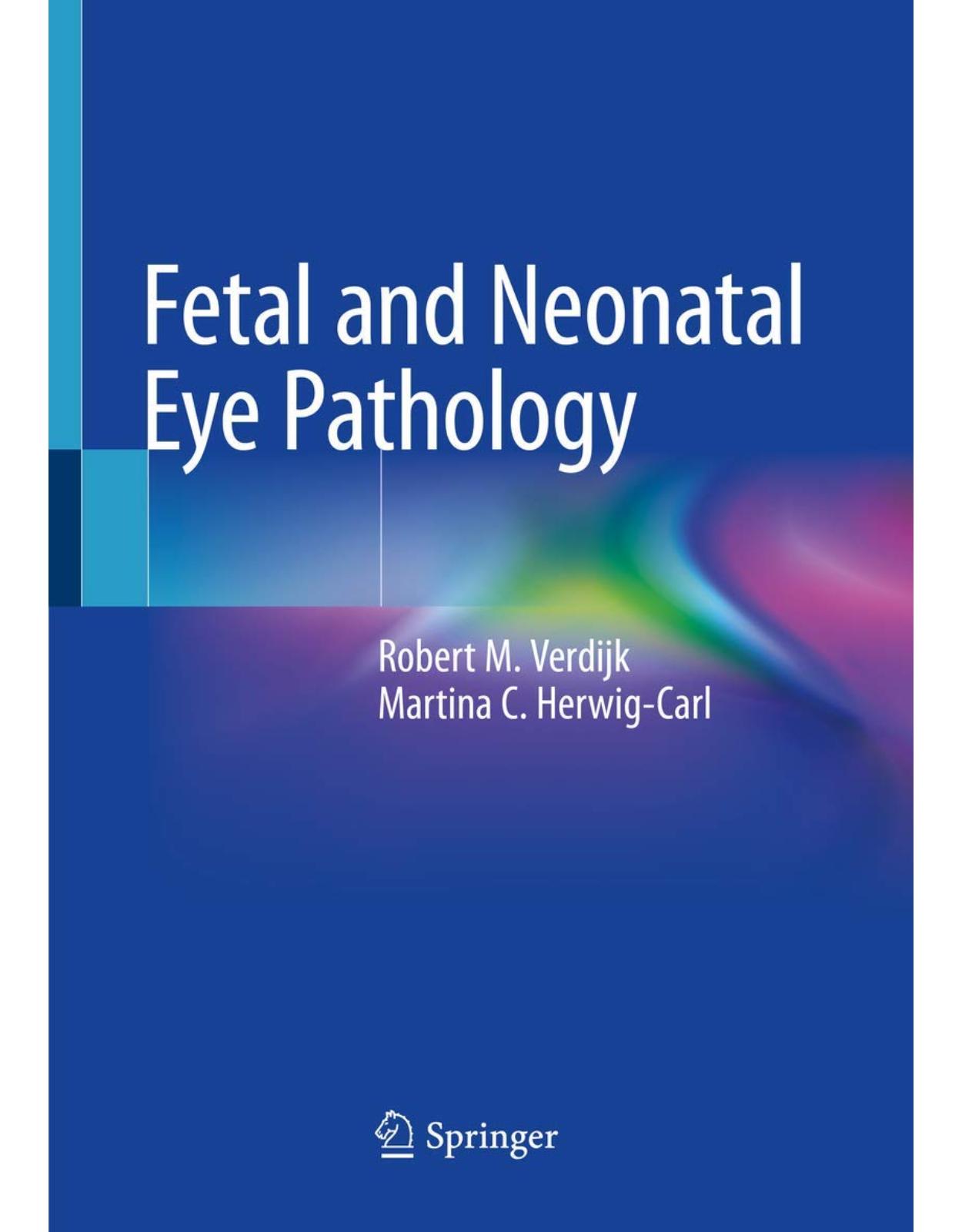
Clientii ebookshop.ro nu au adaugat inca opinii pentru acest produs. Fii primul care adauga o parere, folosind formularul de mai jos.